Table of content
Introduction
Steaming baby pumpkins, also known as Kabocha squash or Japanese pumpkins, in a pressure cooker is a game-changer for home cooks seeking efficiency without sacrificing flavor or nutrients. These petite, sweet-fleshed gourds have surged in popularity due to their versatility in both savory and sweet dishes. However, achieving the perfect texture—tender yet not mushy—requires precision, especially when using a pressure cooker. The question of how many minutes to steam baby pumpkins in a pressure cooker hinges on variables like size, age, and equipment type. This article delves into the science behind pressure cooking, offers step-by-step guidance, and explores creative ways to elevate your baby pumpkin recipes.
Why Pressure Cookers Are Ideal for Baby Pumpkins
Pressure cookers trap steam, increasing internal pressure and allowing temperatures to rise above 100°C (212°F). This accelerated cooking environment reduces cooking times by up to 70% compared to traditional stovetop methods. For baby pumpkins, this means retaining their vibrant orange hue, natural sweetness, and nutritional value while cutting down on active cooking time. Unlike boiling, steaming prevents waterlogging, ensuring the flesh remains dense and flavorful.
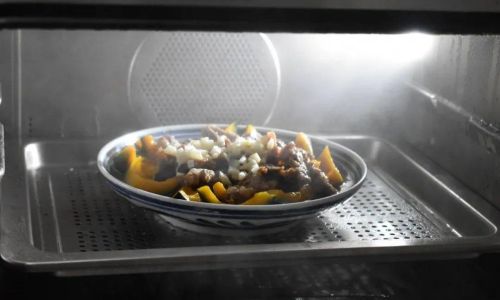
Factors Influencing Cooking Time
-
Size and Thickness:
Baby pumpkins typically weigh between 1.5–3 pounds. Smaller specimens (1.5–2 pounds) may require 6–8 minutes under high pressure, while larger ones (2.5–3 pounds) need 8–10 minutes. Always halve or quarter larger pumpkins to ensure even cooking. -
Age and Freshness:
Fresher pumpkins, with firmer flesh, take slightly longer to cook than aged ones. If your pumpkin feels overly soft or has visible wrinkles, reduce cooking time by 1–2 minutes. -
Pressure Cooker Type:
- Electric Pressure Cookers (e.g., Instant Pot): Require 7–10 minutes for 2-pound pumpkins due to slower pressure buildup.
- Stovetop Pressure Cookers: Achieve higher pressure faster, so 6–8 minutes suffices for the same size.
-
Altitude:
At higher elevations (above 3,000 feet), water boils at lower temperatures, slightly increasing cooking time. Add 1–2 extra minutes if cooking in mountainous regions.
Step-by-Step Guide to Steaming Baby Pumpkins
Preparation
- Wash the Pumpkin: Scrub the exterior with a vegetable brush to remove dirt.
- Cut (Optional): For whole pumpkins, pierce the skin 4–5 times with a fork to prevent bursting. Halving or quartering reduces cooking time by 2–3 minutes.
- Remove Seeds: Scoop out the stringy pulp and seeds using a spoon. Save seeds for roasting!
Setting Up the Pressure Cooker
- Add Liquid: Pour 1 cup of water into the cooker. For added flavor, substitute with broth, coconut milk, or apple juice.
- Place the Pumpkin: Use a steamer basket or trivet to elevate the pumpkin above the liquid. This prevents sogginess and allows steam to circulate.
- Seal and Cook: Lock the lid, set the valve to “Sealing,” and program the cooker.
Cooking Time and Release Method
- High Pressure: Cook for 6–10 minutes (adjust based on size).
- Natural Release vs. Quick Release:
- Natural Release: Let pressure dissipate naturally for 10 minutes after cooking. Ideal for larger pumpkins to prevent collapsing.
- Quick Release: Immediately release steam by switching the valve to “Venting.” Suitable for smaller, halved pumpkins.
Testing Doneness
Insert a fork or knife into the flesh. It should glide in easily without resistance. If undercooked, reseal the cooker and pressure-cook for an additional 2 minutes.
Common Mistakes and How to Avoid Them
-
Overcooking:
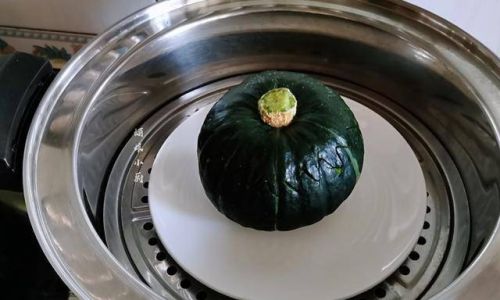
- Issue: Mushy texture and loss of nutrients.
- Fix: Use a kitchen timer and stick to recommended times. Halve larger pumpkins for faster, even cooking.
-
Undercooking:
- Issue: Hard, crunchy flesh.
- Fix: Return to the cooker with 2–3 additional minutes. Check doneness before serving.
-
Uneven Cooking:
- Issue: Some sections are overcooked, others raw.
- Fix: Ensure uniform size when cutting. Arrange pumpkin pieces in a single layer.
Creative Ways to Serve Steamed Baby Pumpkin
-
Mashed Baby Pumpkin:
Mash with butter, cinnamon, and a pinch of nutmeg. Serve as a side dish or baby food. -
Pumpkin Soup:
Blend steamed flesh with coconut milk, ginger, and garlic. Garnish with toasted pumpkin seeds. -
Stuffed Pumpkin:
Halve cooked pumpkins and stuff with quinoa, cranberries, and pecans. Bake until golden. -
Pumpkin Hummus:
Blend with chickpeas, tahini, and lemon juice for a creamy dip.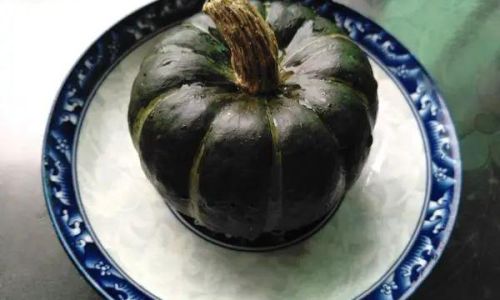
-
Dessert Applications:
- Pumpkin Pudding: Mix with sweetened condensed milk and vanilla.
- Pumpkin Pie Filling: Use as a base for pies or tarts.
Nutritional Benefits of Baby Pumpkin
Baby pumpkins are nutritional powerhouses, packed with:
- Vitamin A: Essential for eye health and immunity.
- Fiber: Aids digestion and promotes satiety.
- Antioxidants: Beta-carotene and vitamin C combat inflammation.
- Potassium: Regulates blood pressure and muscle function.
Steaming preserves up to 95% of these nutrients, making it a healthier alternative to frying or roasting.
Pressure Cooker Maintenance for Longevity
- Clean the Sealing Ring: Remove and wash the rubber gasket after each use to prevent odor retention.
- Descale Regularly: Use vinegar or citric acid to remove mineral buildup.
- Check the Valve: Ensure the pressure release valve is unobstructed before cooking.
Frequently Asked Questions
Q: Can I steam whole baby pumpkins without cutting them?
A: Yes, but pierce the skin first to prevent bursting. Add 2–3 minutes to cooking time.
Q: Should I add salt to the cooking liquid?
A: Optional. Salt enhances flavor but may toughen the skin. Add after cooking instead.
Q: Can I freeze steamed baby pumpkin?
A: Absolutely! Mash or puree before freezing in airtight containers for up to 3 months.
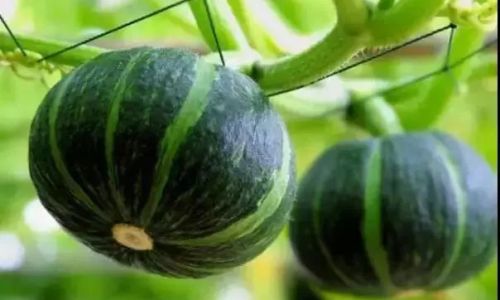
Q: What if my pressure cooker doesn’t have a “Steam” function?
A: Use the “Manual” or “Pressure Cook” setting and adjust time accordingly.
Conclusion
Mastering the art of steaming baby pumpkins in a pressure cooker hinges on understanding variables like size, equipment, and release methods. Whether you’re whipping up a quick side dish or a gourmet dessert, this technique ensures flavor, nutrition, and texture are preserved. Experiment with seasonings and preparations to discover your favorite way to enjoy this versatile winter squash. With practice, you’ll achieve pumpkin perfection every time—in minutes flat!
By following this guide, you’ll transform a simple kitchen appliance into a gateway for culinary creativity, proving that even the humblest of gourds can shine when cooked with precision and care.
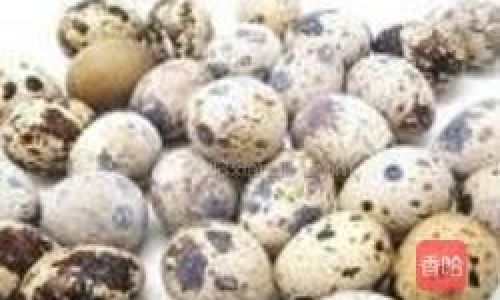
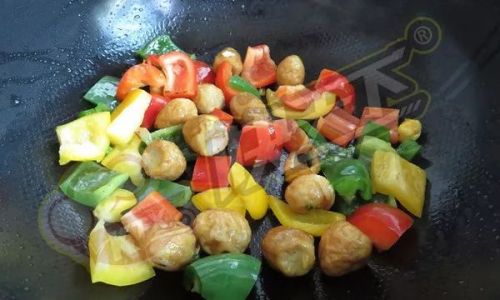
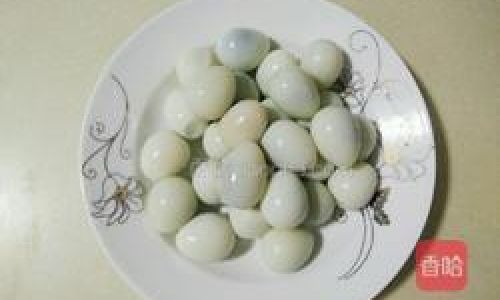
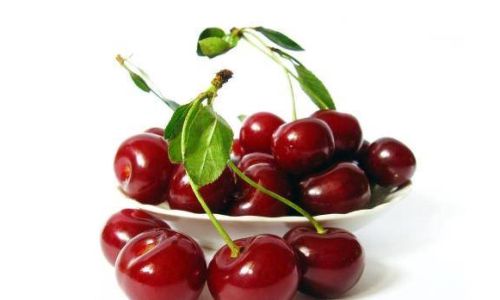
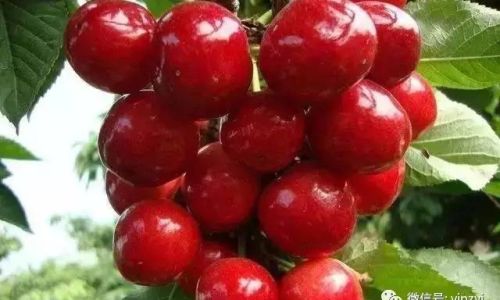
0 comments